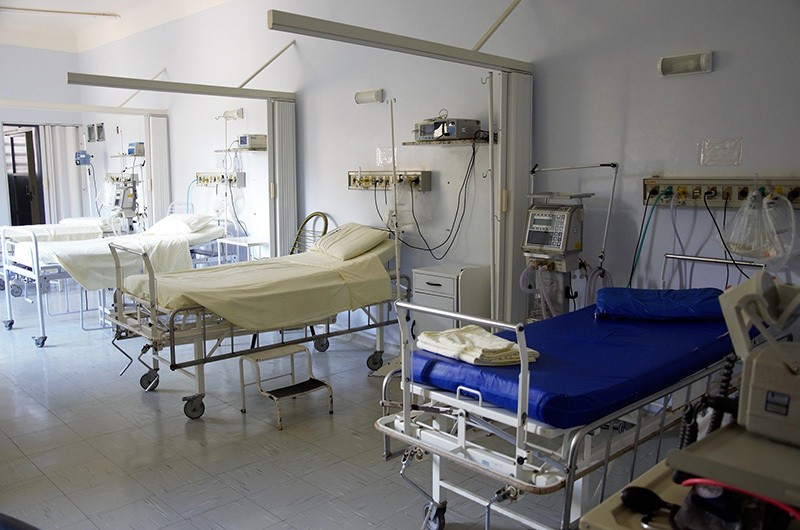
Improving Healthcare in Rural Communities
Rural communities in the United States are facing dangerous changes in the healthcare available to them. The financial realities for full-service hospitals with a relatively small number of beds in small communities mean that enormous trade-offs will be made, just to ensure that the hospital in some form can survive.
According to the InDepth article “Rural Hospitals Look for Help To Survive” by Alex Kacik in Modern Healthcare, “The gulf between rural hospitals’ available beds and daily admissions widens every year, causing providers to scale down. Without help from the government or larger health systems, many more will likely close.”
As with organizations of all kinds – when facing financial pressures, ongoing lack of profitability and an inability to attract and retain talent, the search for solutions becomes all-important. Some rural hospitals are forming cooperative purchasing groups, hospital management organizations are finding ways to consolidate and prioritize the services offered, or reducing the number of hospital beds available.
The article continues, “Inevitably, rural communities will have to shutter hospital wings or otherwise pare down, said Lyndean Brick, president of the consultancy Advis Group.”
Yet, with all of these ongoing financial pressures, rural hospitals are still an incredibly critical part of the community ecosystem without which, it is possible that the loss of life and lack of access to healthcare would significantly degrade the quality of life for our small, rural communities.
“These independent hospitals need to find some way to gain scale and leverage to offset margin compression and achieve parity with everyone else who is consolidating around them,” Brenner said.
At the same time rural hospitals work on scaling their patient flow, increasing the effectiveness and efficiency of key process is a critical factor in improving both top-line and bottom-line finances. Technology can certainly play a role in positively impacting rural healthcare organizations in a way that enables them to provide quality care in a cost-effective way. For instance, telemedicine services may create opportunities for specialist consultations without long-distance travel.
As rural healthcare providers take on the challenge of diving more deeply into identifying and addressing the specific needs of their communities, an ability to derive real-time insight into the performance, and facilitate improvement of their organization, will be invaluable. The point to be communicated here is that all hospital have been addressing quality and safety reporting for decades, but now the critical imperatives are to (1) extend the goal from generation and delivery of reports to achieving real clinical performance improvement, and (2) address that goal far more efficiently than has been done in the past. Quality-safety applications like Prista’s ActionCue Clinical Intelligence enable insight and implementation of performance improvement plans that both impact reimbursement and increase care quality.
But let’s be clear. It is not simply the application of some technology that brings about more effectiveness and efficiency, but how that information technology is designed and the goals driving that design. Any software that merely captures basic information about safety events, requiring humans to then organize a PI action plan, go back to the setting of an event to ask questions, gather and process data into a usable and informative format and do numerous other manual and ad hoc administrative functions is not at all improving the efficiency of the overall process. Not until fundamental innovation in IT and process are undertaken, those tools that are simply “reporting” oriented are replaced by a functional platform that truly facilitates the performance improvement process, and saves its users significant time in that pursuit, will progress be made toward the triple aim. That is the only way clinical performance has can be optimized for better operational, regulatory and financial outcomes.
